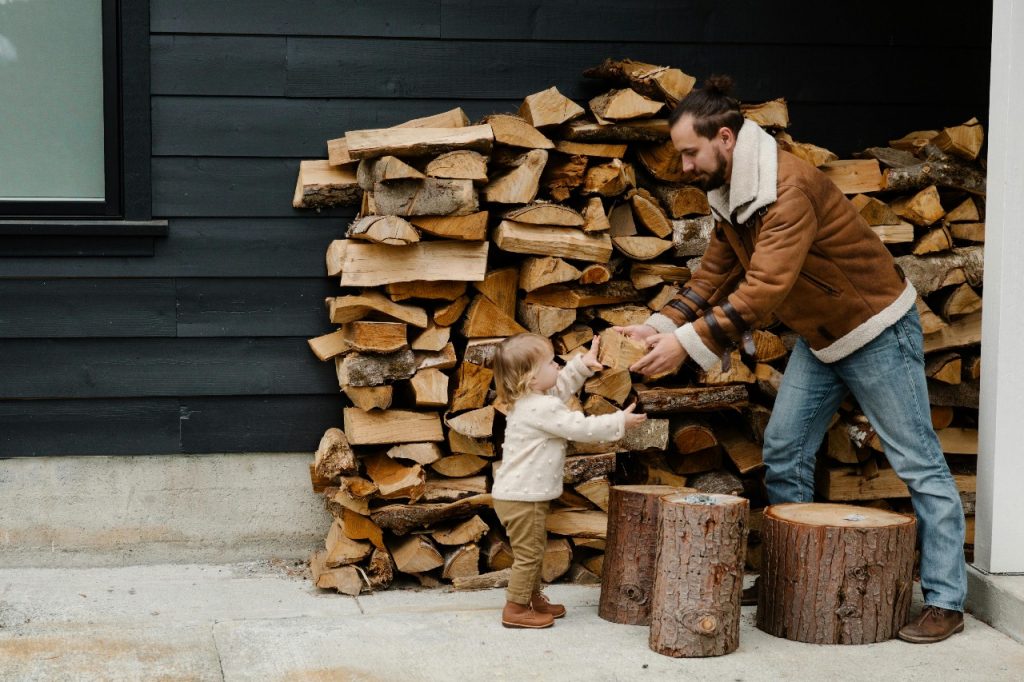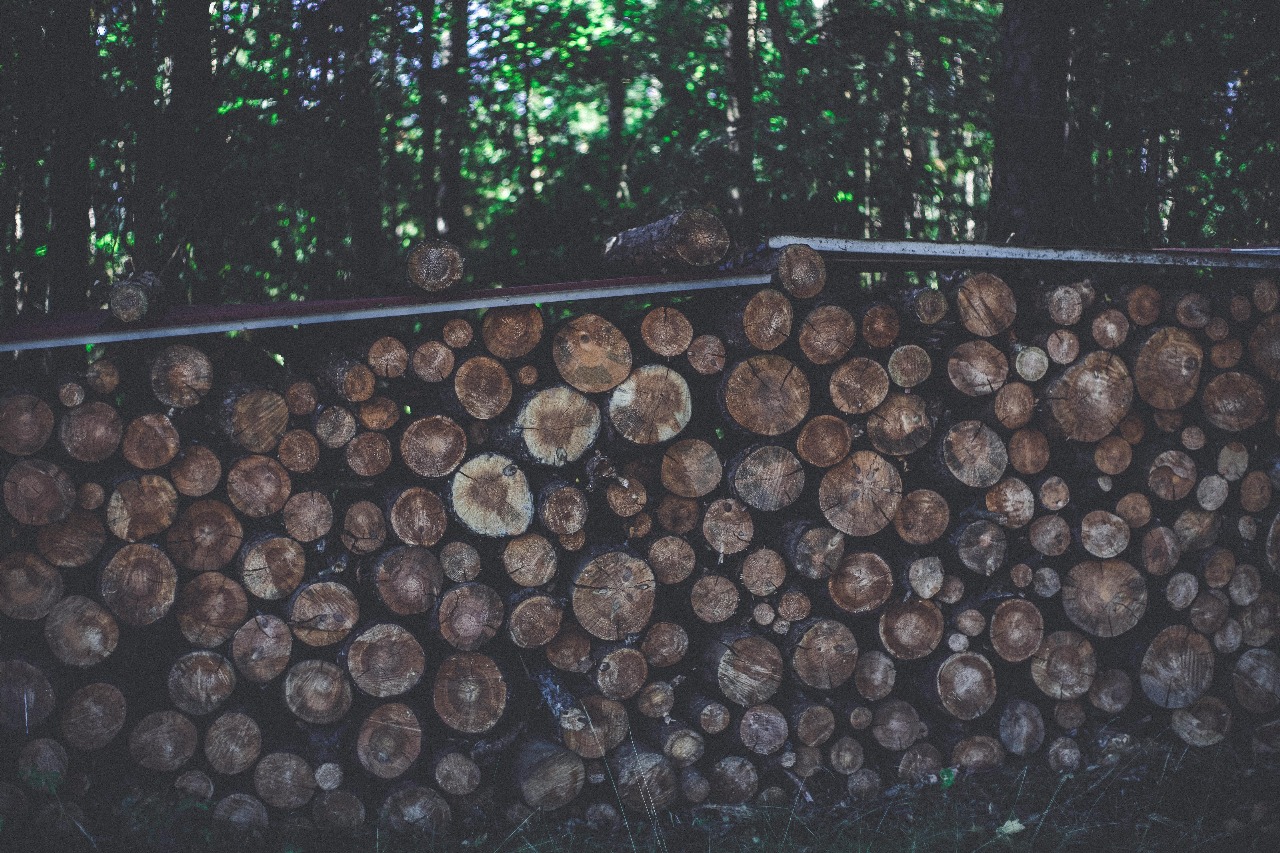Winter heating is one of the biggest household expenses, especially in colder regions. Many families turn to wood as a cost-effective and natural way to stay warm. However, without the right strategies, even this type of heating can become costly. Learning how to maximize efficiency, minimize waste, and properly manage your Firewood supply can significantly reduce costs. At Biomass Wood Pellets, we emphasize eco-friendly and affordable heating solutions, and wood remains one of the most reliable sources of winter warmth. This article will explore eight proven ways to save money on winter heating while making the most of your supply.
Why Firewood is a Cost-Effective Heating Solution
Wood has been used for centuries as a primary heating source, and even today, it remains an economical option compared to electricity or gas. Unlike fossil fuels, it is renewable, widely available, and often more affordable when purchased in bulk. When used correctly, it can heat homes efficiently, providing comfort during the coldest months while keeping energy bills manageable.
Firewood 8 Ways to Save Money on Winter Heat
1. Buy Firewood in Bulk
Purchasing wood in bulk is one of the most effective ways to save money. Suppliers often provide discounts for larger quantities, particularly before peak winter demand. Stocking up early helps you avoid price increases during the coldest months and ensures you have a steady supply, preventing last-minute purchases at higher costs.
2. Season Firewood Properly
Freshly cut or green wood contains high moisture, which reduces its efficiency. Wet wood produces more smoke, burns quickly, and generates less heat. To save money, make sure your wood is seasoned for at least six months to a year. Dry wood burns hotter, lasts longer, and reduces the amount needed, directly lowering your heating costs.
3. Store Firewood Correctly
Proper storage extends the life and quality of wood for heating. Keep it off the ground to prevent moisture absorption and stack it to allow adequate airflow. Covering the top while leaving the sides exposed helps prevent mold and keeps the wood dry. Well-stored wood burns more efficiently, reducing waste and helping you save money.
4. Use Efficient Wood Stoves or Fireplaces
Not all wood-burning appliances are equally efficient. Traditional open fireplaces lose a significant amount of heat through the chimney. Upgrading to a high-efficiency stove or fireplace insert helps retain more heat inside your home. These modern designs make better use of your fuel, allowing you to warm your space with less, which can substantially reduce winter heating costs.
5. Burn the Right Type of Firewood
Different types of wood produce varying levels of heat. Hardwood species such as oak, hickory, and maple burn longer and hotter than softwoods like pine. While hardwood may cost more initially, its longer burn time provides better value. Selecting the right type of wood ensures maximum heat output, reduces the need for constant refueling, and helps save money over time.
6. Combine Firewood with Other Heating Methods
Relying solely on firewood may not always be the most cost-effective strategy. Combining firewood with other methods, such as pellet stoves or energy-efficient electric heaters, can help balance heating needs. For example, using firewood during the coldest parts of the day and supplementing with other heat sources can reduce overall firewood consumption, extending your supply and cutting costs.

7. Improve Home Insulation
Even if you burn firewood efficiently, poor insulation can cause heat to escape, forcing you to burn more wood than necessary. Sealing gaps around doors, windows, and attics helps retain warmth. Adding insulation to walls and roofs can drastically cut down on heat loss, allowing your firewood to last longer. By combining efficient burning with strong insulation, households can see significant savings on winter heating.
8. Reuse Firewood Ash for Efficiency
Instead of discarding ash, use it to your advantage. A thin layer of ash at the bottom of your stove helps insulate the fire, keeping it hotter for longer periods. Additionally, wood ash can be repurposed for gardening, driveway de-icing, or even cleaning, reducing the need to purchase other products. Utilizing every byproduct of firewood ensures maximum savings.
Additional Tips for Maximizing Firewood Savings
Besides the eight main strategies, there are smaller habits that can help save even more. Regularly maintaining your wood stove or fireplace ensures better efficiency. Burning firewood during peak cold hours instead of all day helps conserve fuel. Learning to build longer-lasting fires also ensures less wood is wasted.
Environmental Benefits of Using Firewood
Using wood for heating is not only cost-effective but also environmentally sustainable when sourced responsibly. Unlike fossil fuels, it is carbon-neutral, releasing only the carbon dioxide that the tree absorbed during its lifetime. By opting for this natural fuel, homeowners reduce reliance on non-renewable energy sources, contributing to a greener planet while also lowering their heating costs.
Conclusion
Wood remains one of the most dependable and affordable sources of winter heat, but using it wisely makes all the difference in cost savings. By purchasing in bulk, seasoning and storing properly, burning the right types of fuel, and combining efficient appliances with strong home insulation, households can cut heating costs dramatically. When managed effectively, these strategies offer both economic and environmental benefits. With these eight proven approaches, you can enjoy a warm, comfortable home all winter without overspending.
All categories and top stories are displayed right on the homepage.
FAQs
1. How much firewood do I need for one winter?
The amount of firewood needed depends on your home size, insulation quality, and climate. On average, a well-insulated home may require between 3 to 6 cords of firewood for a full winter season.
2. What is the best type of firewood to burn?
Hardwoods such as oak, ash, and maple are considered the best because they burn longer, produce more heat, and create less creosote buildup compared to softwoods.
3. How can I tell if firewood is properly seasoned?
Seasoned firewood is lighter in weight, has visible cracks at the ends, and produces a hollow sound when struck together. It also burns more easily with less smoke compared to green or wet wood.



